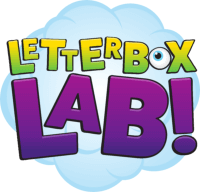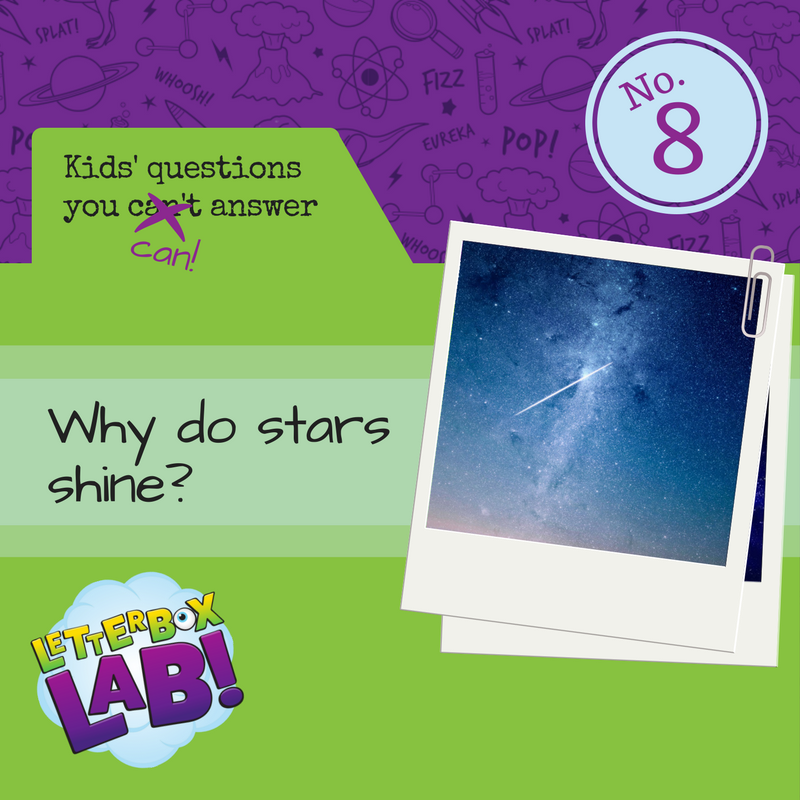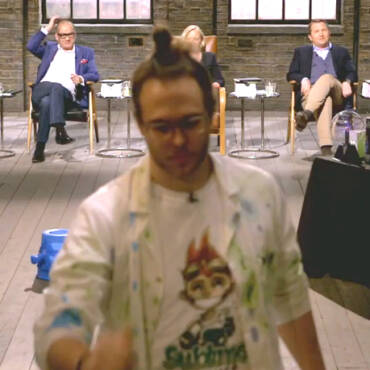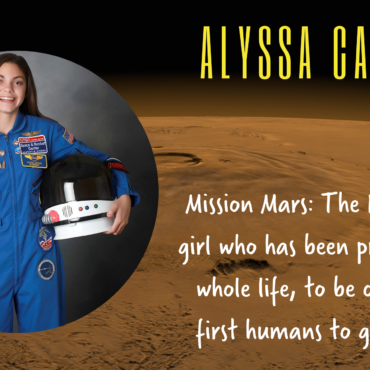This is one that lots of people get wrong, even people who know quite a bit about science. I used to train planetarium presenters at a science centre and am sad to say I often gave people the wrong answer to this question. It’s taught wrong in schools and if you Google this question you will find PhD astrophysicists telling you the wrong answer. They know the truth really, maybe they just think it’s too complicated to explain.
Challenge accepted.
OK, so let’s start with the wrong answer. People who know a bit about space science will know that the Sun is a star and stars are fueled by hydrogen. The hydrogen gets changed into helium in a nuclear reaction and just like in a nuclear bomb this releases loads of energy in the form of heat and light.
The problem is that what I’ve described above only produces a tiny sliver of the huge amount of energy (heat and light) that comes from the Sun. So, where does the rest of it come from?
Stars start out as massive clouds of cold gas. The cloud’s own gravity pulls the gas into a smaller and smaller ball. Gravity is compressing the gas. Gravity is the force that pulls together anything that has mass, and when those things are pulled together energy is released. Think of when you drop a football: the ball goes from being stationary to moving. The movement is a form of energy that is released when gravity does its job. In the case of a very, very massive cloud, lots and lots of energy is released – much more than when you drop a football – and this is the energy we receive as heat and light. When all of the particles in the cloud have been pulled together into a much smaller space an enormous amount of energy is released which heats up the gas, a lot. When things get very hot they tend to give out light, or shine.
There you go, the Sun shines because it’s hot, and it’s hot because it’s a big ball of gas being squeezed by its own gravity. And that’s not so difficult to grasp as the idea of fusion reactions heating it up, given that you can’t easily compare nuclear fusion to footballs.
Letterbox Lab is a series of incredibly awesome science kits for kids aged 6+. We provide exciting science kits through your letterbox so families can have fun playing with science.




Add Comment